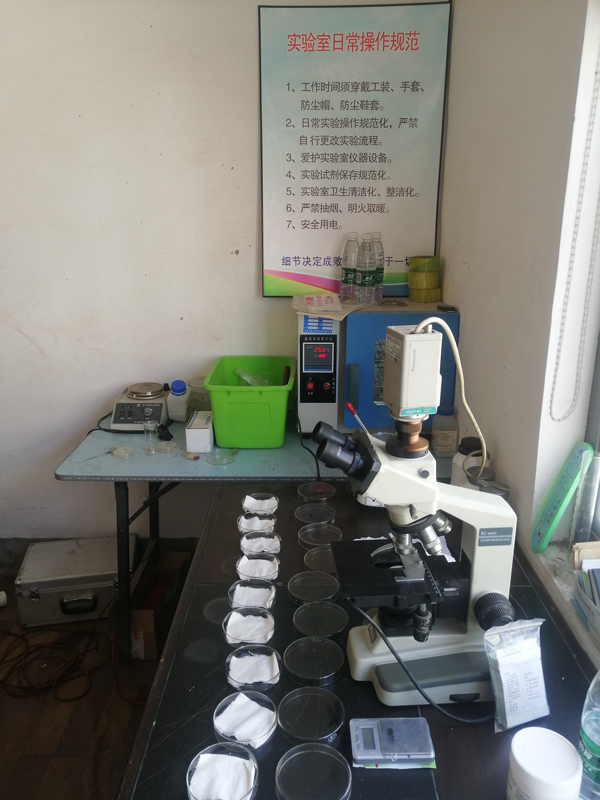Oct . 19, 2024 01:22 Back to list
best active pear pollen for pollination
The Best Active Pear Pollen for Pollination
Pollination is a crucial process in the life cycle of pear trees, influencing fruit quality and yield. To achieve optimal results, it’s essential to understand the characteristics of the best active pear pollen for effective pollination. This article explores the importance of pear pollen, the varieties that produce the most effective pollen, and tips for maximizing pollination success.
Pear trees are typically hermaphroditic, possessing both male and female reproductive structures. However, many pear species are not self-pollinating; they require pollen from another variety to produce fruit effectively. This phenomenon is why selecting the right pollinator is essential for gardeners and orchardists. The best pollinators are generally those that are compatible with the main pear variety being cultivated.
One of the most recognized pear varieties known for its excellent pollen is the ‘Bartlett’ pear. This variety not only produces large, juicy fruit but also generates abundant, high-quality pollen that benefits many other pear varieties. However, ‘Bartlett’ is not the only player in the game. Varieties such as ‘Bosc,’ ‘Anjou,’ and ‘Kieffer’ also produce effective pollen and can serve as excellent pollinators for each other.
When assessing the quality of pear pollen, several factors come into play. Vital characteristics include the viability, quantity, and dispersal capability of the pollen grains. Viable pollen grains can germinate successfully on the stigma of a flower, leading to fertilization. A higher quantity of pollen significantly increases the likelihood of successful pollination, especially in large orchards. Additionally, effective dispersal mechanisms, often assisted by wind or pollinators like bees, are crucial for ensuring that pollen reaches the receptive flowers.
best active pear pollen for pollination

Timing is another critical aspect of successful pollination. It’s important to note that pear trees generally bloom in the spring, and different varieties may have slightly different blooming times. To maximize pollination, gardeners should plant varieties that flower simultaneously. This synchronization ensures that viable pollen is readily available when the flowers are open.
In addition to choosing the right pollen-producing varieties, fostering an environment that attracts pollinators can significantly enhance pollination success. Planting flowers that attract bees and other beneficial insects near pear orchards can create a supportive ecosystem. Additionally, avoiding the use of pesticides during the flowering period is vital, as these chemicals can harm pollinators and affect the overall pollination process.
Furthermore, ensuring that pear trees are healthy and well-maintained will promote better blooming and, consequently, better pollination rates. Regular pruning, proper watering, and suitable fertilization can enhance the vigor of the trees, indirectly boosting pollen production and flower quality.
In conclusion, selecting the best active pear pollen for pollination involves understanding compatible varieties, the importance of pollen viability and quantity, and the roles of the environment and care. By making informed choices and creating favorable conditions, gardeners and orchardists can significantly improve their pear yield, leading to fruitful harvests season after season.
-
AI-Powered Plant Pollen Analysis Using GPT-4 Turbo
NewsAug.03,2025
-
Plant Pollen Analysis: Fast & Accurate with GPT-4 Turbo
NewsAug.02,2025
-
KiwiPollen with GPT-4 Turbo: AI Health Supplement Boost
NewsAug.01,2025
-
Pollen Peach Tree AI Management with GPT-4-Turbo
NewsJul.31,2025
-
Eco Fruit Paper Bags for Peak Freshness | Durability Focused
NewsJul.31,2025
-
Pollen Peach Tree for Pure Pollination and High-Quality Peach Pollen
NewsJul.30,2025